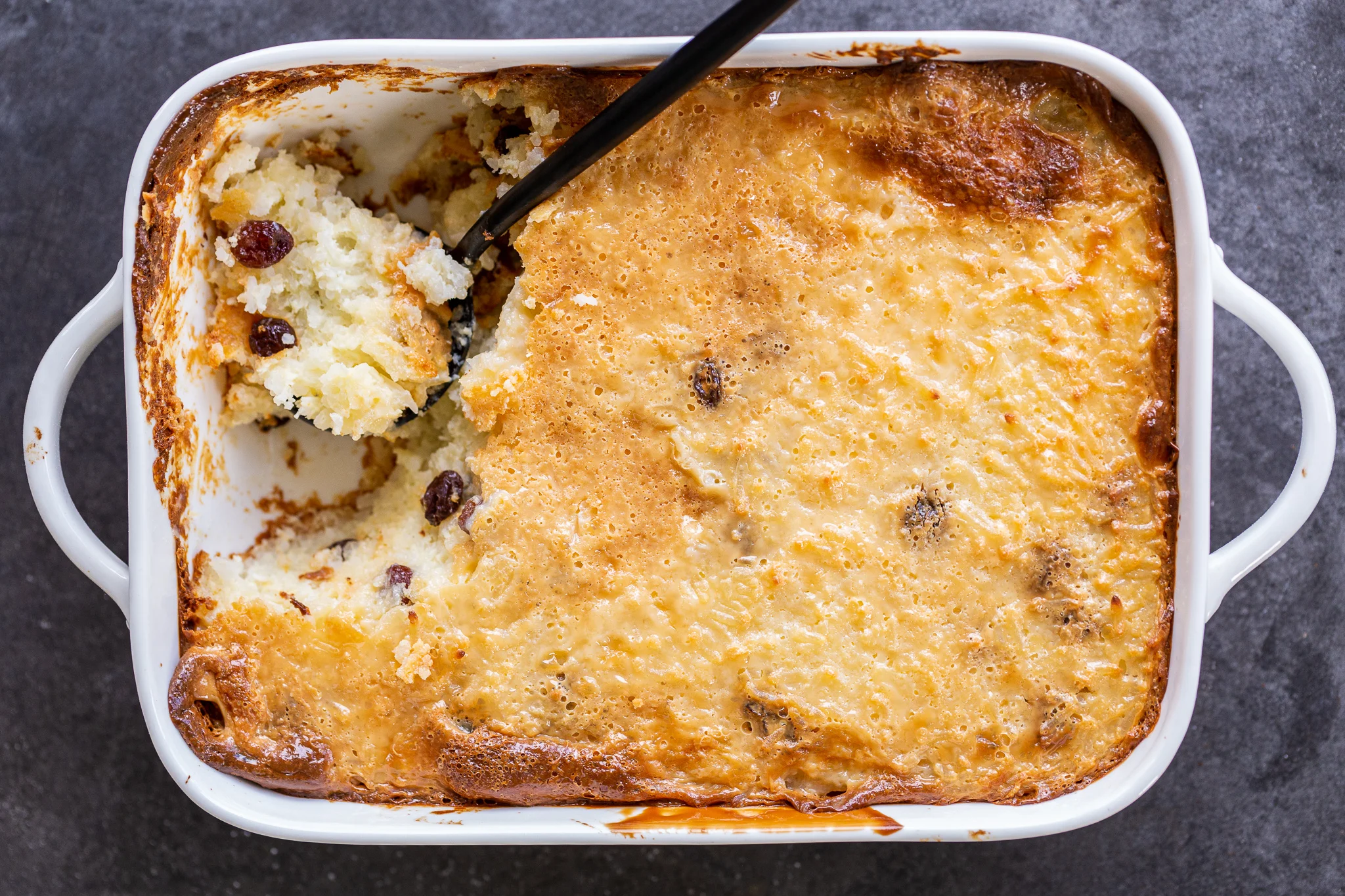This comforting dessert has been around for a long time. It is loved by those who enjoy its rich texture and simplicity. This delicious treat is a favorite in many cultures, bringing back memories of family and childhood. This article will discuss the history of rice pud, the ingredients and the steps required to make it. We’ll also provide some variations and tips on how to get it right every time.
The Historical Roots of Rice Pudding
The origins of rice pudding can be traced back to thousands of years. Rice pudding was present in Middle Eastern dishes as early as 500 AD, according to ancient texts and recipes. Early versions of rice pudding were usually made with milk or water and honey. They could also include fruits, nuts or spices such as cinnamon or cardamom.
In medieval Europe rice pudding took on a similar form to that we know today. The rice pudding was used to settle the stomach or as a soothing dish for those who were sick due to its ease of digestion and texture. In the 17th century the pudding was transformed with ingredients like nutmeg and cloves. Sugar became more readily available and was used in the rice puddings.
The Beauty of Using Cooked Rice
The simplicity and convenience of this baked rice pudding is one of its most appealing features. Using leftover rice simplifies preparation and reduces waste. Rice, which is already soft and pliable absorbs flavors from milk, spices, and sugar.
The Basic Ingredients for Preparation
Ingredients:
- 2 cups of cooked rice (preferably starchy varieties like Arborio, short-grain rice or white rice).
- 3 cups of whole milk or a combination with cream and milk for extra richness
- Sugar granules: 2/3 cup
- 2 large eggs
- 1 teaspoon vanilla extract
- Half a teaspoon of ground cinnamon
- 1/4 teaspoon of salt
- Optional: Raisins, dried cranberries
- Butter to grease the baking dish
- Fresh nutmeg for grating over the top
Preparation:
- Pre-heat the Oven and prepare the dish: Start by heating your oven to 325degF. To prevent the dish from sticking, grease it with butter.
- Combine Ingredients: In large bowl, combine cooked rice with raisins (if you are using them). In a separate bowl, combine the eggs, milk, sugar, vanilla extract, cinnamon and salt. Make sure the mixture is well mixed and that the sugar has dissolved most of it.
- Mix and Bake: Pour over the liquid mixture and stir it to ensure that the rice is evenly distributed. Pour the mixture into the baking dish. Add some fresh nutmeg to the mixture for extra flavor.
- Baking : Bake the pudding in a preheated oven between 1 and 1.5 hours or until it is set. The center of the pudding should be slightly jiggling, which indicates a creamy texture.
- Cool the Pudding Before Serving: Let the pudding cool a little before serving. You can enjoy it warm or cold, depending on your personal preferences.
Modern twists and Variations
Although the traditional recipe can be very satisfying, there are many modern variations and regional variations that can add a delightful twist to this classic dessert. Here are some ideas:
- Flavor variations: Try cardamom or star anise or add a splash of bourbon or rum for a richer flavor.
- Dietary adjustments: To make a dairy-free option, use almond milk, coconut or oatmilk. Use maple syrup or honey as alternatives to reduce the sugar content.
- Textural Ingredients: Add toasted nuts, flakes of coconut, or chocolate chips to the recipe for extra texture and flavor.
The Perfect Pudding: Tips & Tricks
It can be difficult to achieve the perfect texture for rice pudding. Here are a few tips that will help.
- Rice Type is Important: Select the Right Rice. The pudding will have a creamier texture if you use short-grain, starchy rice.
- Slowly bake and low: Low baking and slow cooking allows rice to absorb liquids while preventing curdling of the egg.
- Stir Occasional: By stirring a few times, you can prevent the rice from burning at the bottom.
The Conclusion Of The Article Is:
The Old Fashioned baked rice pudding with cooked rice is much more than a simple dessert. This is a comforting food that reaches across generations and geographical boundaries. This dish is loved by all those who enjoy its comforting, creamy simplicity. Try it and you may find yourself transported back to a sweet, nostalgia place that you never knew you missed.

